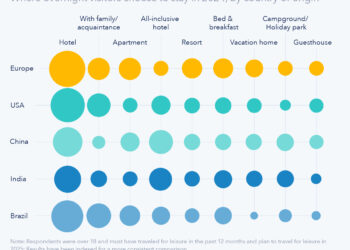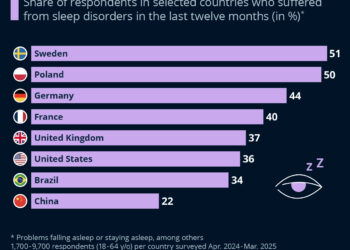The Dominance of China in the Global E-Commerce Landscape
The e-commerce sector has witnessed explosive growth in recent years, with various countries significantly contributing to the market. However, it is China that leads the way, setting an example with its robust online sales figures and rapidly expanding international presence.
E-Commerce Sales Figures: A Global Overview
According to Statista Market Insights, China’s e-commerce sector achieved total online sales approaching an astonishing $1.5 trillion in the past year. This places it firmly at the top of the global e-commerce rankings. Following closely, the United States ranks second with e-commerce sales totaling $1.2 trillion. The United Kingdom holds a distant third position, with e-commerce revenues reaching $169 billion. These figures highlight the considerable gap between the leading nations in terms of online sales.
China’s Strategic Move towards International Markets
While China has a massive consumer base, its aspirations extend beyond its borders. Chinese e-commerce firms have begun to expand their operations globally, developing platforms tailored for international consumers.
Notable Chinese E-Commerce Giants
Temu, developed by PDD Holding (formerly Pinduoduo Inc.), is emblematic of this trend. Set to record whopping sales of $54 billion in 2024, Temu represents a strategic maneuver to capture a larger share of the global market.
Another key player is Shein, a clothing retailer that has made significant strides in overseas markets. Shein’s revenues reached remarkable heights last year, solidifying its position as one of the top Chinese e-commerce ventures internationally.
Historically, Alibaba made its mark in the international arena with AliExpress, a platform designed to provide consumers with direct access to Chinese products. However, alongside established players, new independent ventures like Wish, launched in the United States in 2010, have also sought to penetrate the market by focusing on competitive pricing and a wide variety of goods.
Understanding E-Commerce Models
E-commerce, as a term, defines the buying and selling of goods and services online. It encompasses various models based on the participants involved in the transactions:
B2B (Business to Business)
This model refers to transactions conducted between businesses. E-commerce platforms that operate on a B2B basis focus on wholesale transactions, supply chain management, and bulk purchasing.
B2C (Business to Consumer)
B2C e-commerce involves companies selling products directly to consumers. This is perhaps the most recognizable form of e-commerce and encompasses a wide range of industries, from retail to travel services.
C2C (Consumer to Consumer)
C2C e-commerce allows individuals to sell goods and services to other consumers. Platforms such as eBay and Airbnb exemplify this model, enabling consumers to engage in commerce directly with one another.
The Future of E-Commerce
As we observe the trends and growth patterns in the e-commerce sector, it becomes clear that the competitive landscape is continually evolving. The emerging dominance of Chinese firms highlights a shift in the global market dynamics, opening doors for a variety of business models and innovative approaches to meeting consumer needs.
With advancements in technology and changing consumer preferences, the future of e-commerce promises to be dynamic and transformative, reshaping how consumers around the world shop and transact online.






